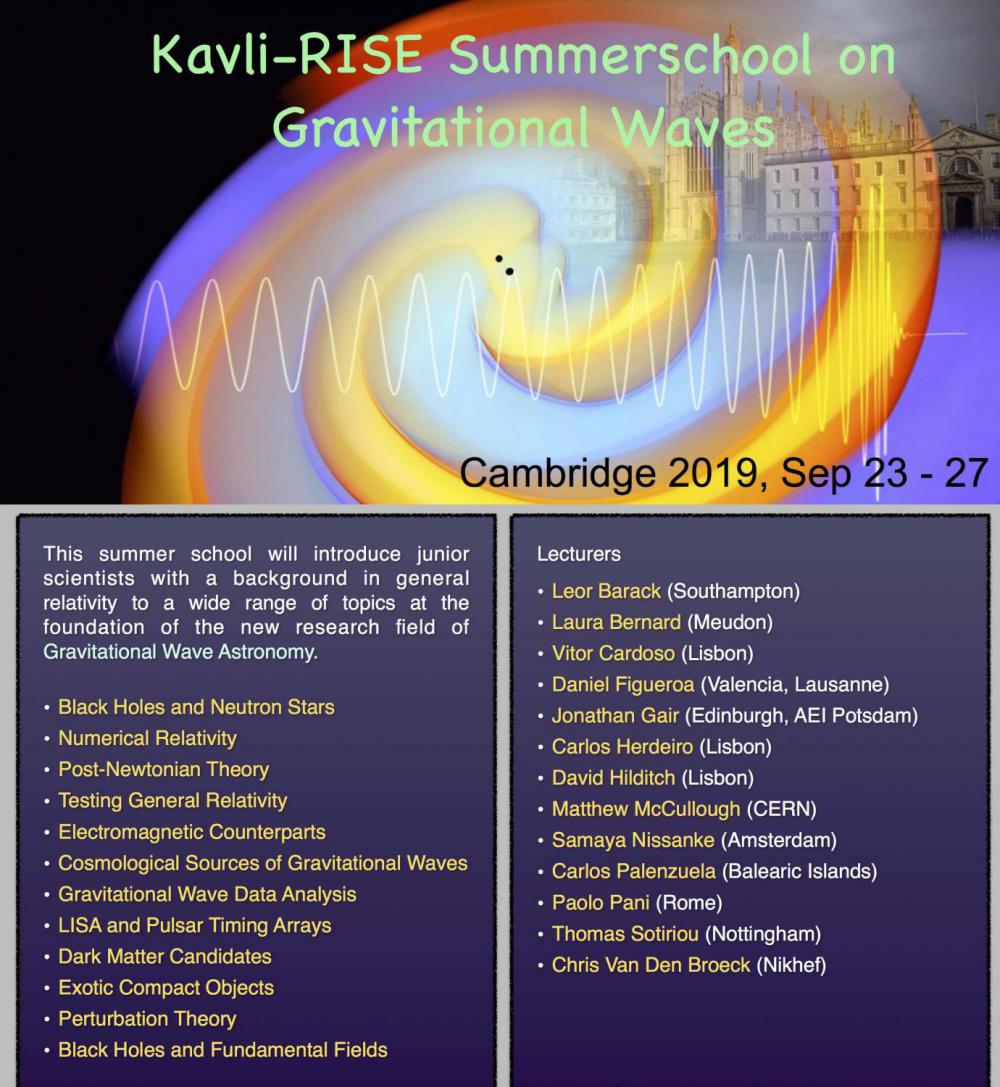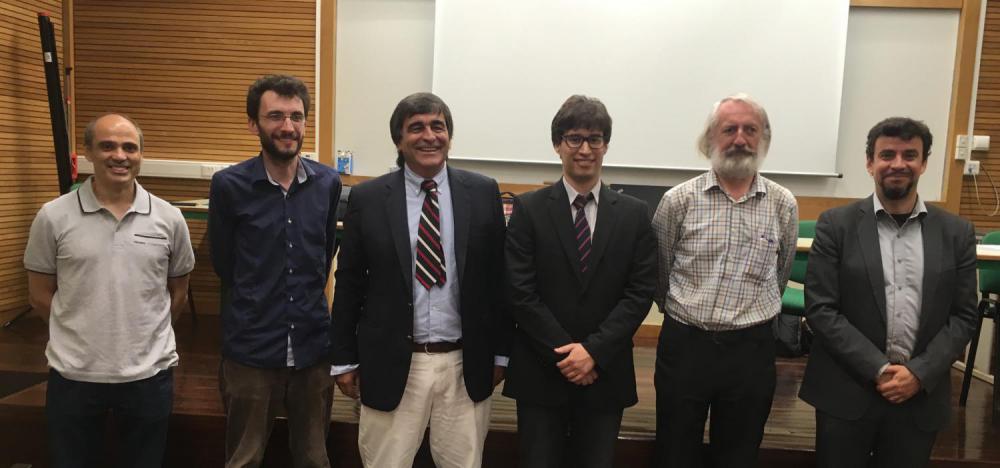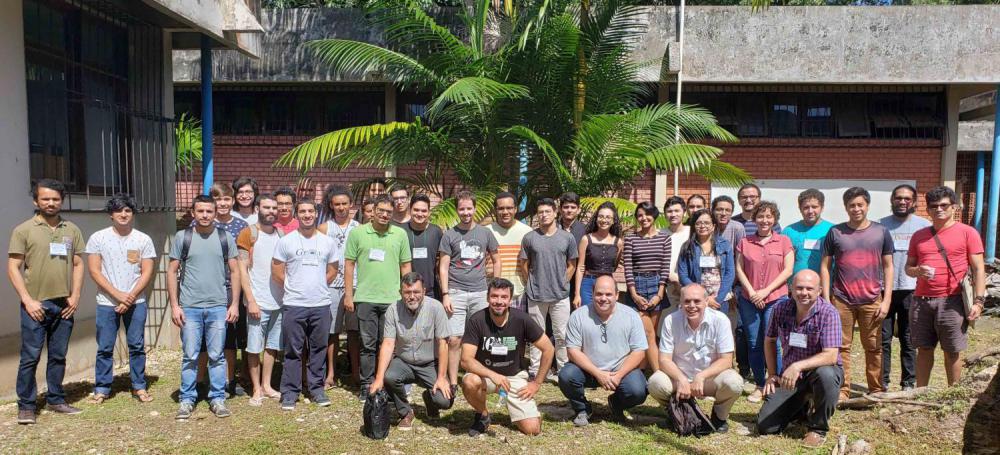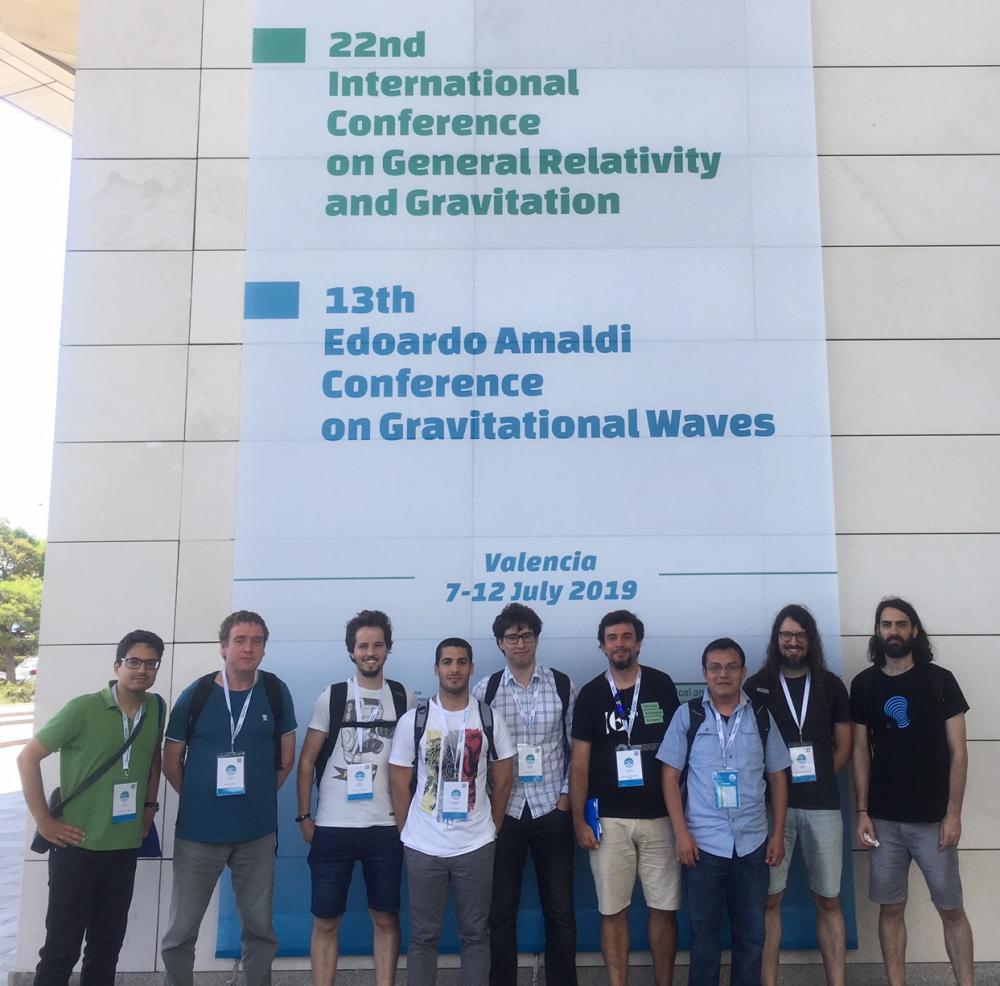Astrophysics News & Events
Spontaneous Scalarization in general Scalar-Vector-Tensor theory
2019 Nobel Physics Prize: Searching for New Planets
COST Workshop - "Exoplanets in the era of Gaia"
COST Workshop - "Astrometry and gravitation - A dynamical view of the sky"
In the framework of the COST action MW-Gaia, related with the Gaia (ESA) mission, for which Gr@v member Sonia Anton serves as MC member, a 3-days workshop on "Astrometry and gravitation - A dynamical view of the sky" is being organised on 4-6 December 2019, at the Observatoire de la Côte d’Azur, Mont Gros site, Nice, France. More info here.
Cambridge School on Gravitational Waves
The Kavli-RISE Summer School on Gravitational Waves took place at the Centre for Theoretical Cosmology, University of Cambridge, on September 23-27, 2019. C. Herdeiro was one of the invited Lecturers.
Pedro Cunha PhD defense
Pedro Cunha defended his PhD thesis with title "Shadows and gravitational lensing of Black Holes interacting with fundamental fields" on September 9th 2019, at IST-Lisbon. The panel, composed by Prof. Volker Perlick, Frederic Vincent, José Natário, Carlos Herdeiro (advisor) and José Lemos (president) unanimously attributed the highest classification of Approved with Distinction and Honour to an outstanding piece of work. Congratulations Pedro!
Gr@v students visit Brazil
Gr@v Ph.D. students Alexandre Pombo, João Oliveira and Jorge Delgado visited Belém, Brazil as members of the FunFiCO Marie Curie RISE project. Their visit coincided with the VII Amazonian Workshop on Gravity and analogue models, where they presented their work, and the Amazonian High Studies School in Theoretical Physics where they attended courses on Numerical Relativity and Gravitational Lensing.
At GR22
Current and former Gr@v members met at the 22nd International Conference on General Relativity and Gravitation (GR22) in Valencia, Spain. Great talks and great discussions!
On the Physical Review Letters cover
The paper "Spontaneously Scalarized Kerr Black Holes in Extended Scalar-Tensor–Gauss-Bonnet Gravity" published in Physical Review Letters (PRL), authored by Gr@v members Pedro Cunha and Eugen Radu (co-authored by Carlos Herdeiro from IST-Lisbon), was selected to feature on the cover of the 3rd July 2019 issue of PRL.






